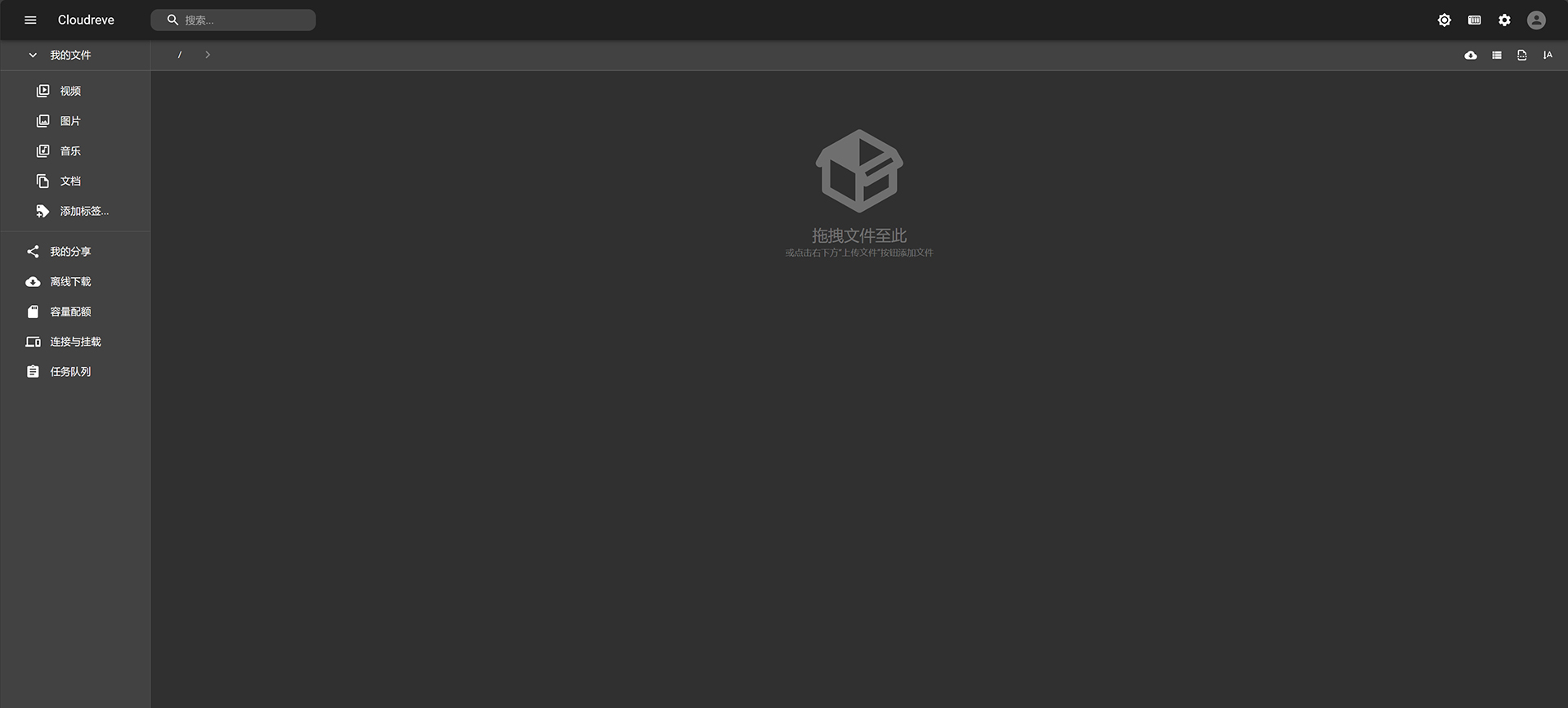++复制代码++ 代码如下:
using System;
using System.Collections.Generic;
using System.Linq;
using System.Web;
using System.Web.UI;
using System.Web.UI.WebControls;
using System.Data.Linq;
using System.Xml;
using System.Xml.Linq;
namespace WebApplication3 {
public partial class WebForm1: System.Web.UI.Page {
protected void Page_Load(object sender, EventArgs e) {
int id = Convert.ToInt32(Request["parentID"]);
GetXML(id);
}
public IList < Product > GetList() {
return new List < Product > () {
new Product() {
Id = 1,
ParentId = 0,
HasChild = 1,
Name = "aaaaa"
},
new Product() {
Id = 2,
ParentId = 1,
HasChild = 1,
Name = "bbbb1"
},
new Product() {
Id = 3,
ParentId = 2,
HasChild = 0,
Name = "ccccc2"
},
new Product() {
Id = 4,
ParentId = 2,
HasChild = 0,
Name = "ddddd3"
},
new Product() {
Id = 5,
ParentId = 1,
HasChild = 0,
Name = "eeeeee4"
},
new Product() {
Id = 6,
ParentId = 3,
HasChild = 0,
Name = "ffffff5"
},
new Product() {
Id = 7,
ParentId = 4,
HasChild = 0,
Name = "ggggggg6"
},
new Product() {
Id = 8,
ParentId = 7,
HasChild = 0,
Name = "hhhhhhh7"
},
new Product() {
Id = 9,
ParentId = 0,
HasChild = 0,
Name = "jjjjjjj8"
},
new Product() {
Id = 10,
ParentId = 0,
HasChild = 0,
Name = "yyyyyyyy9"
}
};
} /// <summary>
/// 通过父节点读取子节点并且拼接成xml给前台
/// </summary>
/// <param name="parentId"></param>
public void GetXML(int parentId) {
List<Product> list = GetList().Where(x => x.ParentId == parentId).ToList();
XElement xElement = new XElement("textTree");
foreach (Product p in list) {
xElement.Add(new XElement("value", new XAttribute("id", p.Id),p.Name));
}
xElement.Save("d:\\kissnana.xml");
XmlDocument xdocument = new XmlDocument();
xdocument.Load("d:\\kissnana.xml");
Response.ContentType = "text/xml";
xdocument.Save(Response.OutputStream);
Response.End();
}
}
public class Product {
public int Id{set;get;}
public int ParentId{set;get;}
public int HasChild{set;get;}
public string Name{set;get;}
}}
思路很简单,后台利用xml送往前台通过jquery接收处理拼接ul,
li原理(利用 < li > 中嵌套 < ul > 的方式,局部读取一节点下的所有直属子节点,每次点击读取,读取过的话,则进入GetDisplayOrNot()方法判断显示和隐藏节点)html代码: < body > <form id = "form1"
runat = "server" > <input type = "button"
value = "text"
onclick = "LoadXml(0)" / ><div id = "root" > </div>
</form >
</body>
前台代码:
++复制代码++ 代码如下:
<script type="text/javascript">
var object1 = null;
function LoadXml(id) {
$.ajax({
type: "
post ",
url:"
WebForm1.aspx ? parentID = "+id,
dataType:"
xml ",
success: createTree
});
}
// 思路是每个父节点产生一个ul孩子并且ajax读取该父亲的直接儿子,拼接树
function createTree(xml) {
var obj = object1 == null ? ("#root ") : (object1);//判断是不是第一次加载,如果第一次加载则是最外的div的id,否则是父节点
$(obj).append(" < UL class = 'ULfather' > ");//添加ul对象
$(xml).find("
value ").each(function() {//从xml里读出所有value节点信息,得到当前层次节点
//拼接<li>和<a>,属性通过xml中的value节点的属性id和节点文本进行拼接
$(obj).children(".ULfather ").append(" < li > <a id = " + $(this).attr("
id ") + " > " + $(this).text() + " < /a></li > ");
var alink = "#" + $(this).attr("
id "); //得到当前超链接对象
$(alink).bind("
click ", function() { //超连接绑定点击事件
if ($(alink + " + ul ").size() <= 0) {//如果数据已经绑定则无需再次绑定,(如果超链接下个元素是ul的话,说明数据已经绑过)
object1 = $(alink).parent("
li ");
LoadXml($(this).attr("
id "))
}
else {
GetDisplayOrNot($(alink));
}
});
});
}
//节点显示或影藏
function GetDisplayOrNot(obj) {
if ($(obj).parent("
li ").children("
ul ").is(": hidden ")) {
$(obj).parent("
li ").children("
ul ").css("
display ", "
block ");
}
else {
$(obj).parent("
li ").children("
ul ").css("
display ", "
none ");
}
}
</script>
后台:
++复制代码++ 代码如下:
using System;
using System.Collections.Generic;
using System.Linq;
using System.Web;
using System.Web.UI;
using System.Web.UI.WebControls;
using System.Data.Linq;
using System.Xml;
using System.Xml.Linq;
namespace WebApplication3
{
public partial class WebForm1 : System.Web.UI.Page
{
protected void Page_Load(object sender, EventArgs e)
{
int id =Convert.ToInt32(Request["parentID"]);
GetXML(id);
}
public IList<Product> GetList()
{
return new List<Product>()
{
new Product(){ Id=1, ParentId=0, HasChild=1, Name="aaaaa" },
new Product(){ Id=2, ParentId=1, HasChild=1, Name="bbbb1" },
new Product(){ Id=3, ParentId=2, HasChild=0, Name="ccccc2" },
new Product(){ Id=4, ParentId=2, HasChild=0, Name="ddddd3" },
new Product(){ Id=5, ParentId=1, HasChild=0, Name="eeeeee4" },
new Product(){ Id=6, ParentId=3, HasChild=0, Name="ffffff5" },
new Product(){ Id=7, ParentId=4, HasChild=0, Name="ggggggg6" },
new Product(){ Id=8, ParentId=7, HasChild=0, Name="hhhhhhh7" },
new Product(){ Id=9, ParentId=0, HasChild=0, Name="jjjjjjj8" },
new Product(){ Id=10,ParentId=0, HasChild=0, Name="yyyyyyyy9" }
};
}
/// <summary>
/// 通过父节点读取子节点并且拼接成xml给前台
/// </summary>
/// <param name="parentId"></param>
public void GetXML(int parentId)
{
List<Product> list = GetList().Where(x => x.ParentId == parentId).ToList();
XElement xElement = new XElement("textTree");
foreach (Product p in list)
{
xElement.Add(new XElement("value", new XAttribute("id", p.Id),p.Name));
}
xElement.Save("d:\\kissnana.xml");
XmlDocument xdocument = new XmlDocument();
xdocument.Load("d:\\kissnana.xml");
Response.ContentType = "text/xml";
xdocument.Save(Response.OutputStream);
Response.End();
}
}
public class Product
{
public int Id{set;get;}
public int ParentId{set;get;}
public int HasChild{set;get;}
public string Name{set;get;}
}
}
 51工具盒子
51工具盒子




